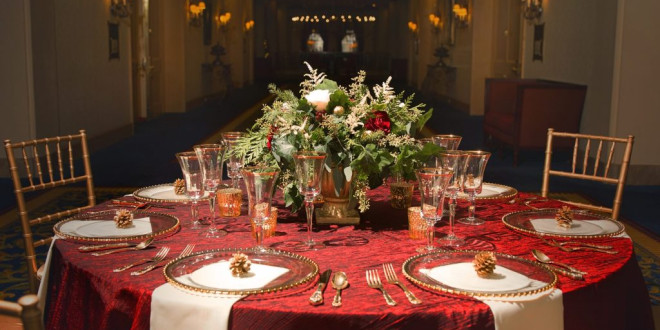[ad_1]
The choice of wedding rings for women is more complex than the one for men for two reasons:
Women like plenty of glitter and detail as opposed to men`s rather conservative taste.
The band is in most cases worn together with an engagement ring and must fit its style.
When a woman is choosing a ring the practicality is often overlooked for the sake of the trend and this is perfectly normal. The following observations have only the purpose to help you focus your choice in order to get the best of both.
If your choice is wedding ring with small detail or engraving consider platinum or palladium. These two metals are extremely hard wearing and have low maintenance. For yellow or rose gold bands opt for 18k purity or higher. Despite the fact that higher karat alloys are a bit softer they have higher abrasion resistance and when exposed to friction, the metal is rather displaced than shaved off. This property (abrasion resistance) makes the rings much longer lasting and it is extremely important for everyday rings. Platinum has the highest abrasion resistance closely followed by palladium.
If you intend to wear your wedding band together with an engagement it is good to consider the ring`s shape in order to fit the band close enough. Very few diamond ring designs provide space for the wedding band behind the diamond, which is strange because wearing the band next to the diamond ring is a common practice. Classic wedding band for example placed next to classic 4 prong knife shank solitaire results in a huge gap between the ring`s shank and the band. The best remedy for this problem is to take this in consideration when choosing the ring design. Unfortunately this is the last thing in the mind of a man going to propose. The next option is to either fit the ring to the band or vice versa. If the band is wide enough to accommodate the ring setting without becoming excessively thin, a negative pattern is filed off the band and the problem is solved. If this is not possible the setting has to accommodate the band. I personally don`t like this solution since it involves interference in the setting structure which sometime might weaken it. It is OK however, if it is professionally done. In both cases I will recommend to tack the two rings together at the back after they are properly fit. This way the band will be permanently positioned to the ring, which also follows them from getting lost. This process can be done after the wedding ceremony, it is uncomplicated and completely reversible if correctly executed. Tacking the wedding band to the engagement ring is perfect solution for half studded diamond bands, preventing them from turning their plain side up.
It is not a bad idea to avoid high prong set diamond bands that go far between the fingers. This kind of setting tends to hook on clothing and may cause skin irritation. The smoothest style is plain channel setting. Avoid hollowed designs which may collect dirt inside and thin light gauge bands which will very fast wear to a sharp edge. Even platinum wedding band will scratch an eventually due due to refresh. Avoiding complicated mix finishes (polished and matt in sequence for example) will make refreshing easy and error free. Choosing palladium or platinum will eliminate the need for frequent and sometimes costly rhodium plating.
[ad_2]
Source by Vasco Kirov

